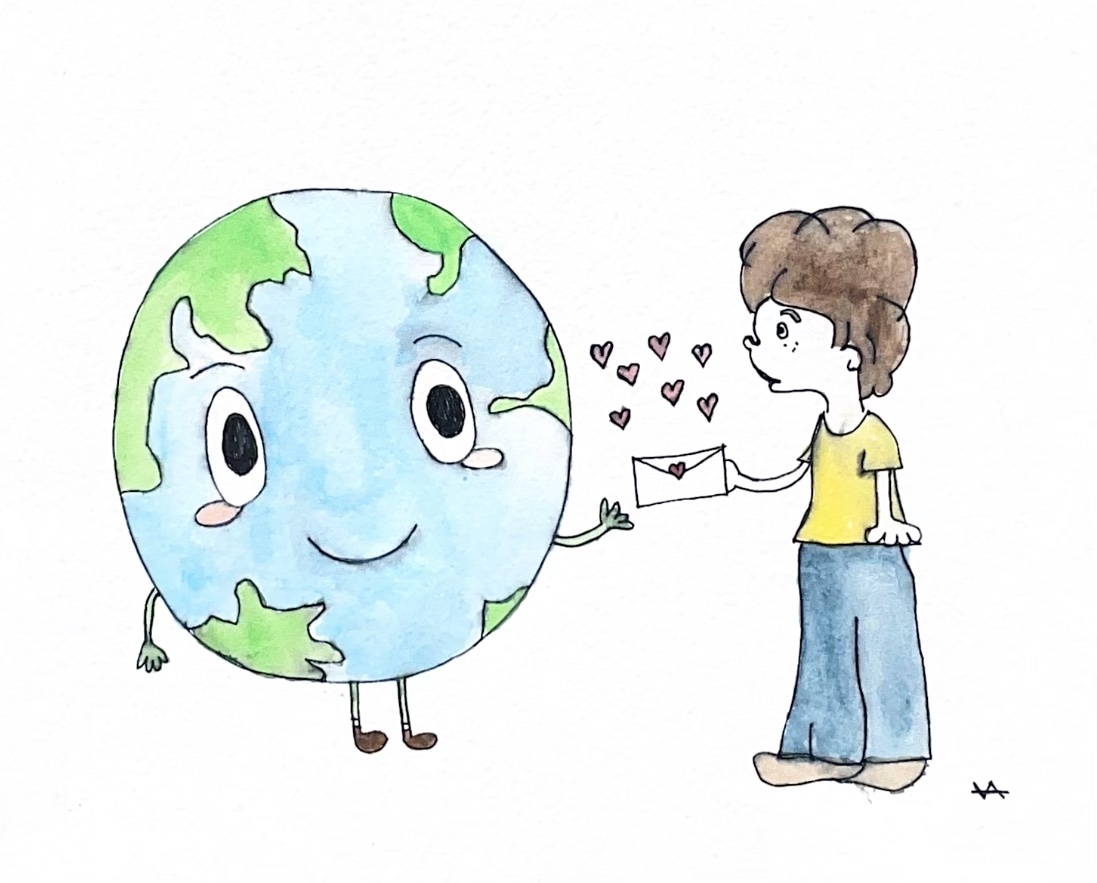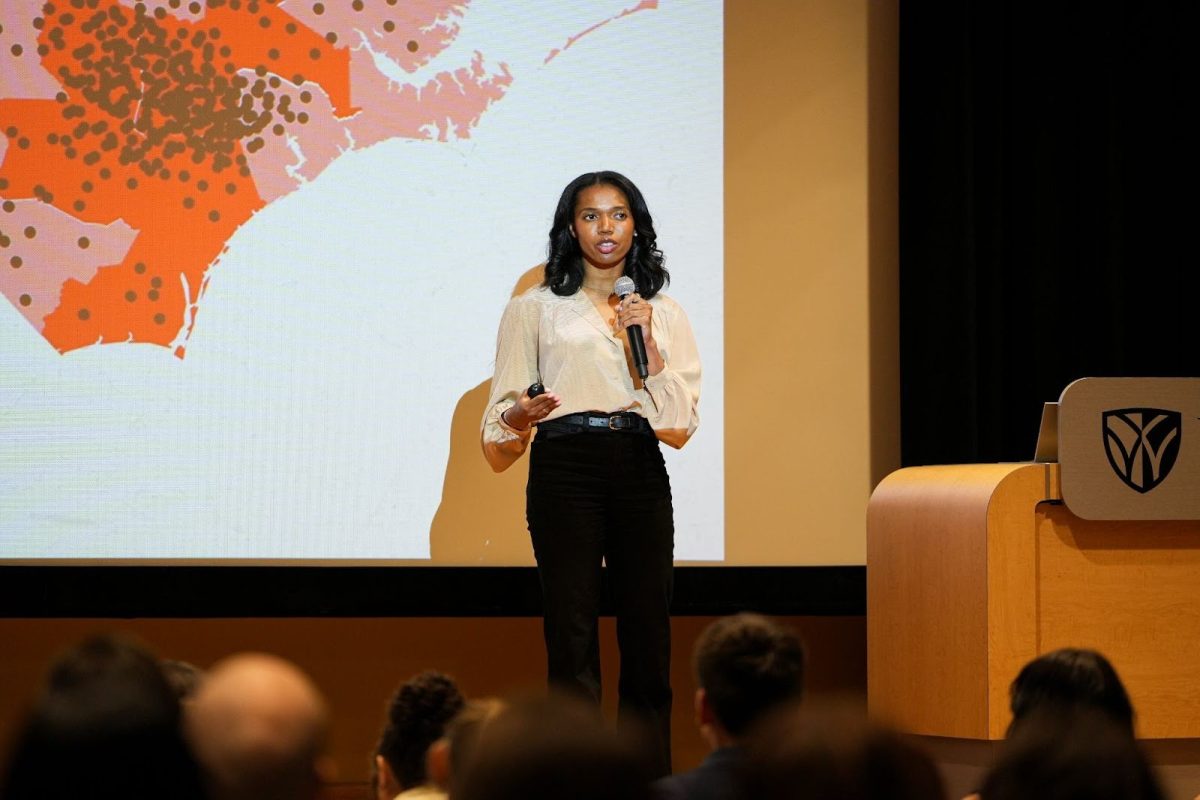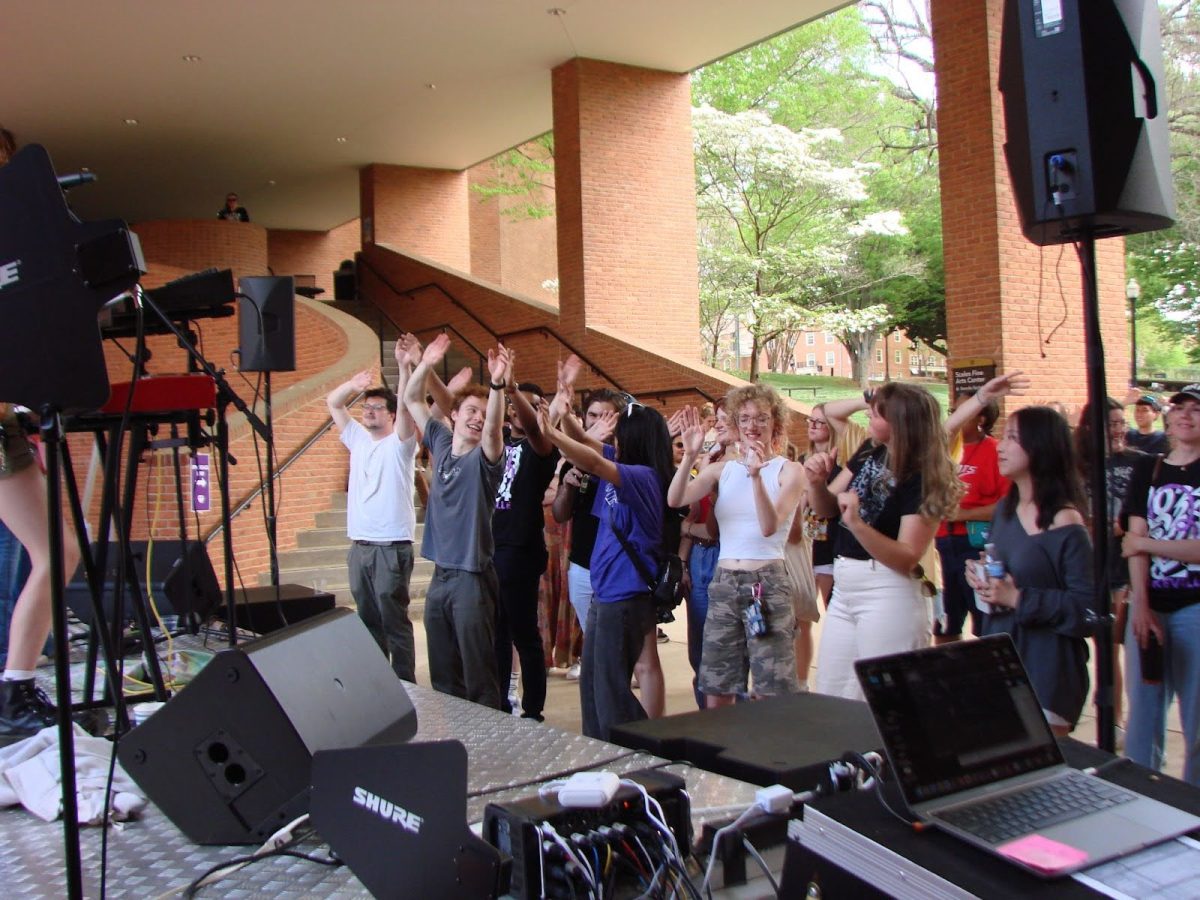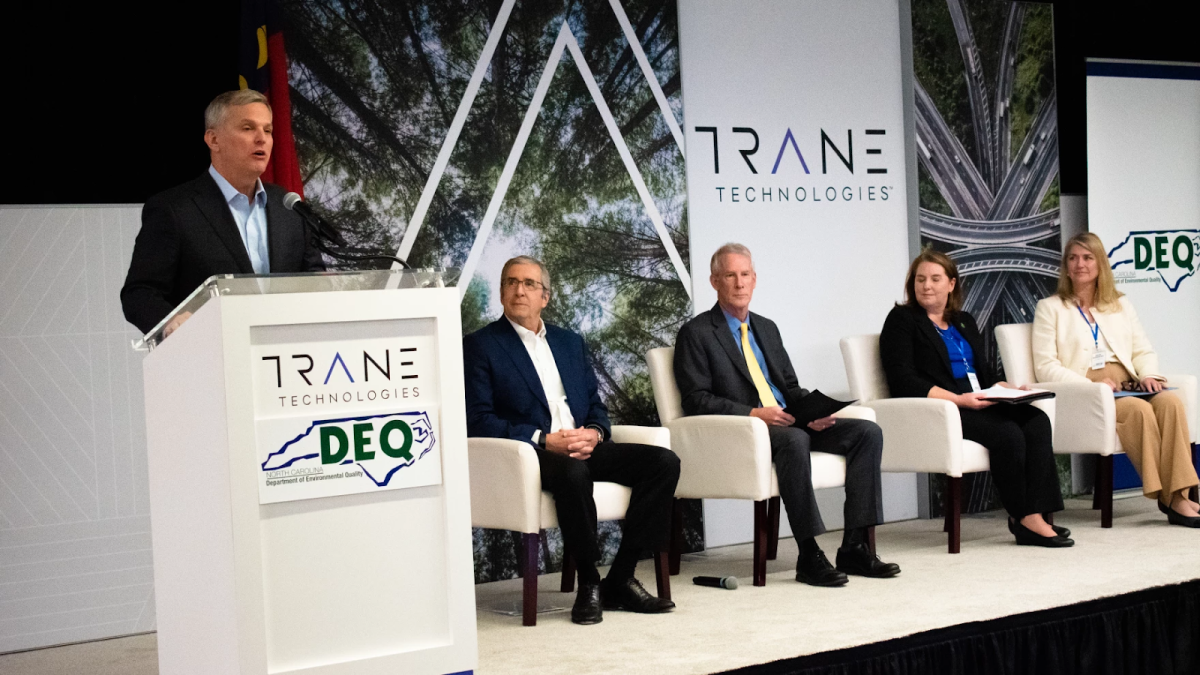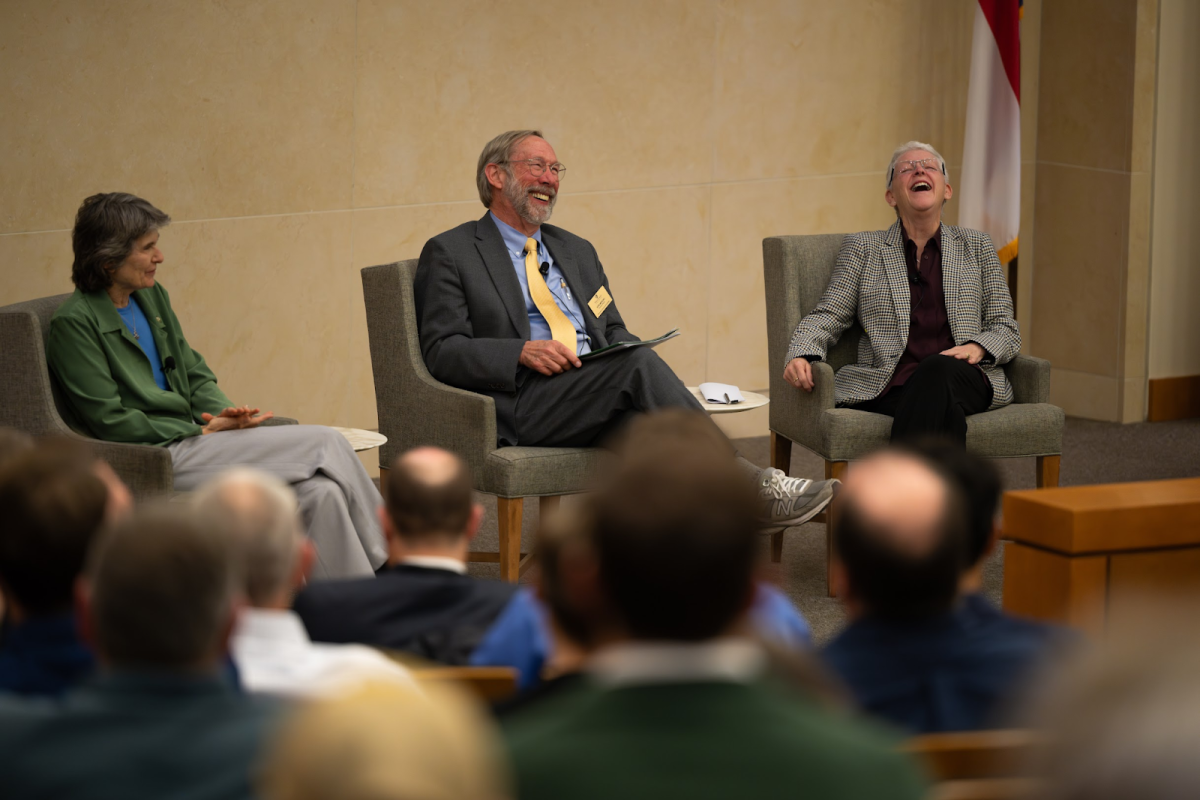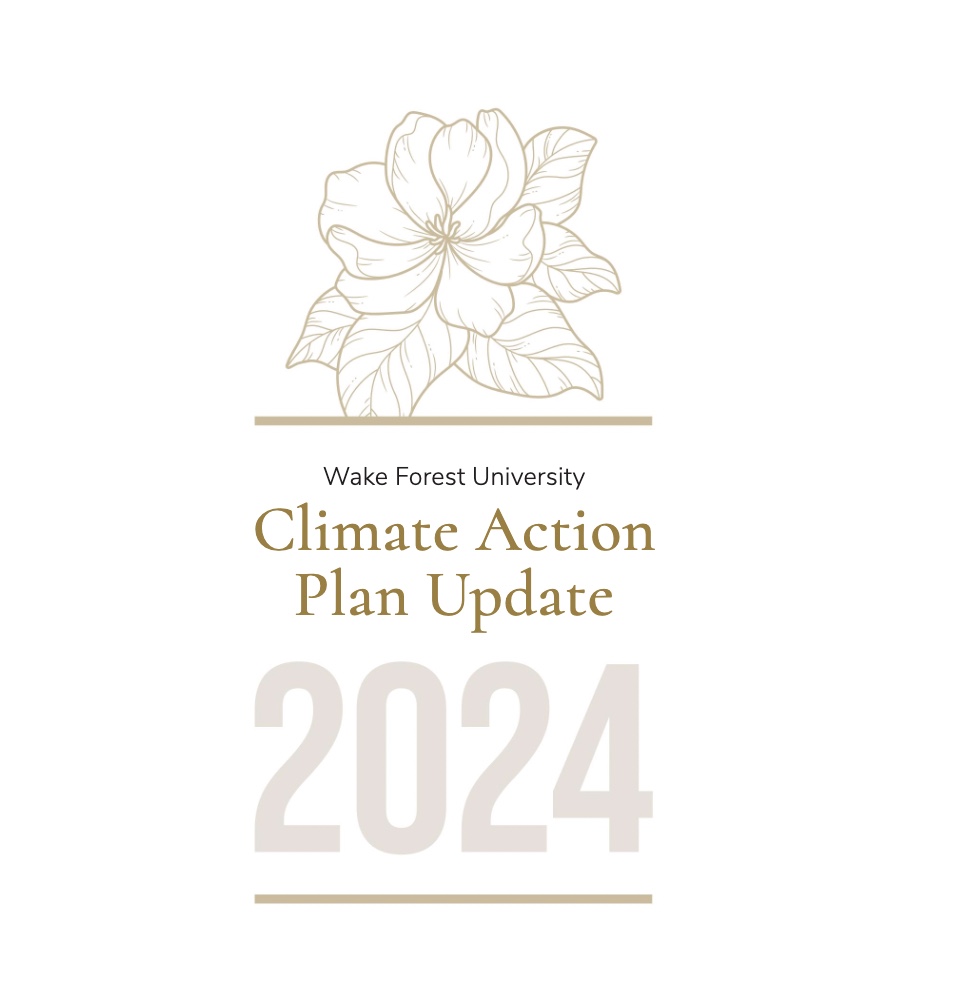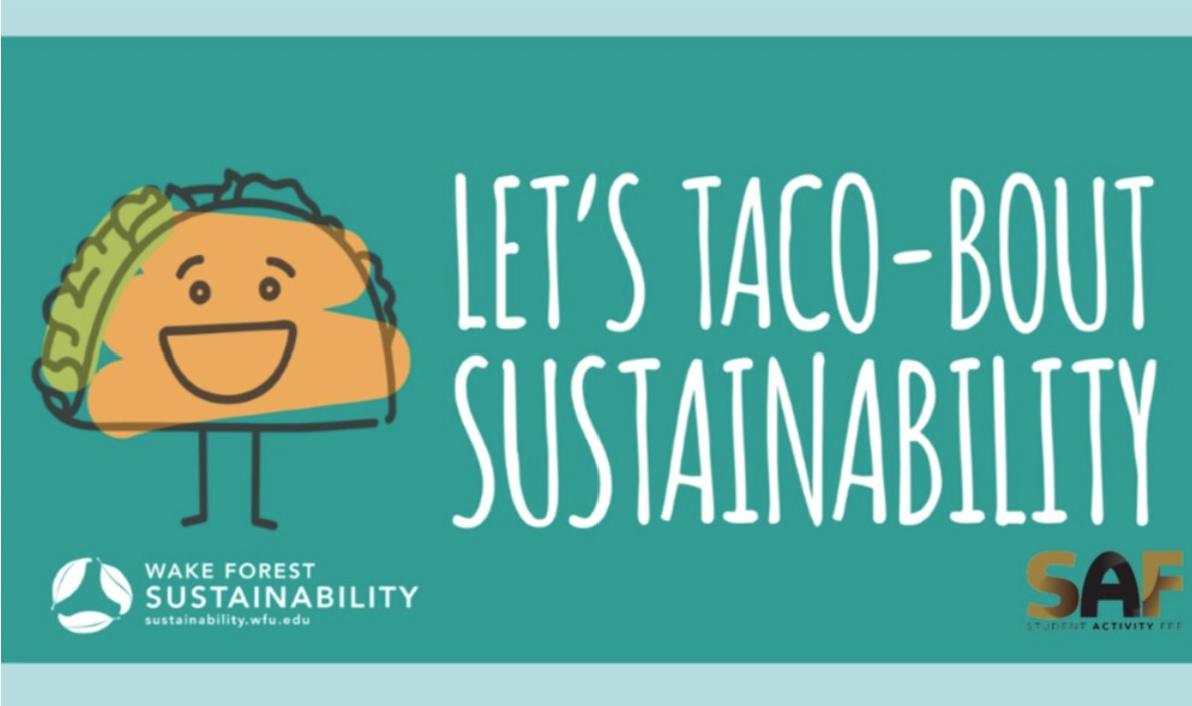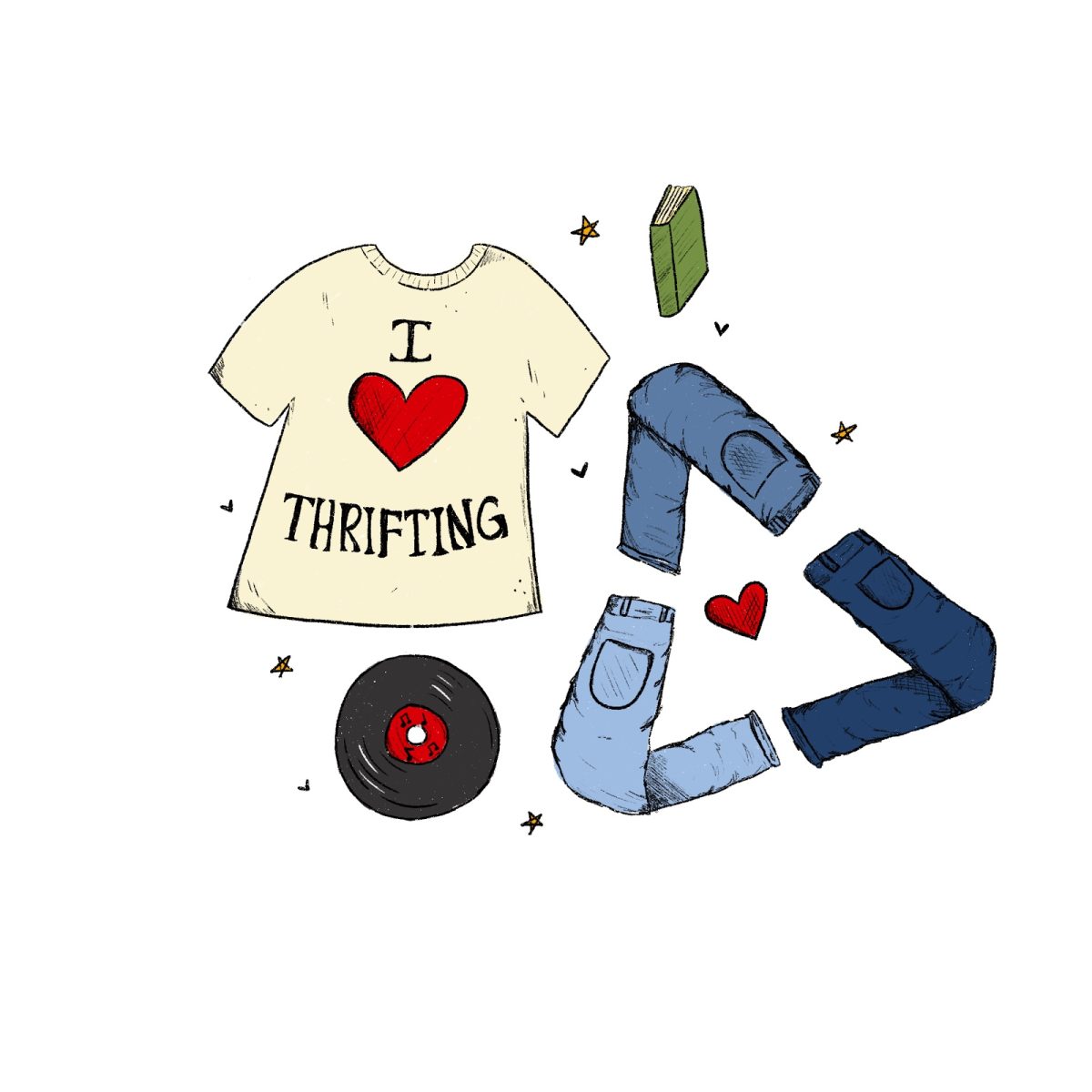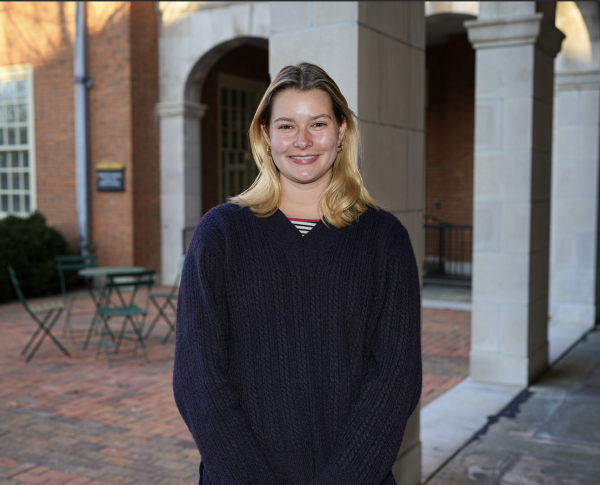As the season of love approaches, a decision must be made. What is near to your heart — buying your partner a bouquet of “fresh” roses, a mass-produced teddy bear or intentional, sustainable gift-giving to mitigate the detrimental effects of America’s increased consumerism?
On this iconic day of love, 250 million flowers are sold and 58 million pounds of chocolate are divulged. According to Plastic Oceans, carbon dioxide emissions rise by nine million kilograms on Feb. 14 every year, on top of what is already produced — showing where consumers’ true affections lie.
Dr. Amanda Sames, a visiting assistant professor for the Environmental Program at Wake Forest focusing on food justice, highlighted the growing problem of overconsumption — mainly centered around holidays.
“I don’t think we have come to terms as a society with the extent to which we need to back off of assumption to address some of the impacts of climate change, resource exploitation and labor exploitation across the globe,” Sames said.
When perusing endless isles of heart-shaped boxes of chocolate, cheesy cards and bunches of pink balloons, it’s rare to take a step back and think about the labor that went into producing seasonal goods. The product may look flashy, but its origin story is ugly.
According to the World Wildlife Fund, deforestation in West Africa is fueled by cocoa production. Cocoa farmers do 70%of the country’s illegal deforestation. On top of this, child labor is often associated with cocoa farming, harvesting and transportation. In 2013, around two million children were in the cocoa industry in Ghana and the Ivory Coast.
“It’s easy for some of us, based on our socioeconomic position, to avoid seeing the worst impacts of what a consumer-driven economy produces,” Sames said.
Flowers are another prevalent problem (and not just because your partner bought you carnations). According to TED, the United States is the No. 1 floral consumer, buying flowers usually flown in from Colombia or Ecuador. The beautiful blooms are grown in large greenhouses, requiring vast quantities of water, energy and land. To make their long journey, the flowers must be kept in a refrigerated section of an airplane — receiving first-class treatment while creating significant carbon emissions.
But Cupid’s arrow doesn’t have to miss the mark completely — there are plenty of ways to show love on Valentine’s Day while still shopping sustainably. Looking at the label when buying food can provide insight into its production. “Organic” means no chemicals are put in the soil or fed to the animals, whereas “fair-trade” means that the company is committed to upholding social, economic and environmental standards set by the non-profit Fair Trade USA.
Sames and her mother have been baking homemade chocolate truffles for years. She will box them up for the holidays and give them to friends and family (recipe linked at the end).
“I like things that require thought and effort and don’t lead to a pile of garbage,” Sames said.
Nothing else says true love like a unique gift made by willing, environmentally conscious participants! Ask where the product was produced to determine how long it has traveled before ending up on the shelf. Shop local, or come up with a DIY gift.
Instead of purchasing a mass-marketed card, draw something personalized. Even if artistic capabilities are not within your wheelhouse, no card is more romantic than one that shows you care about your loved ones and the planet.
In fact, flowers can be gifted, as well — and without widening your carbon footprint. If you’re in it for the long haul, tell them by buying a packet of seeds and starting a garden. Try a local florist if that labor of love is too much for your situationship.
“You can spread love in other ways on Valentine’s Day; buy something that means something,” Wake Forest junior Kayla Peale said.
Click here to access Sames’ chocolate truffle recipe!


